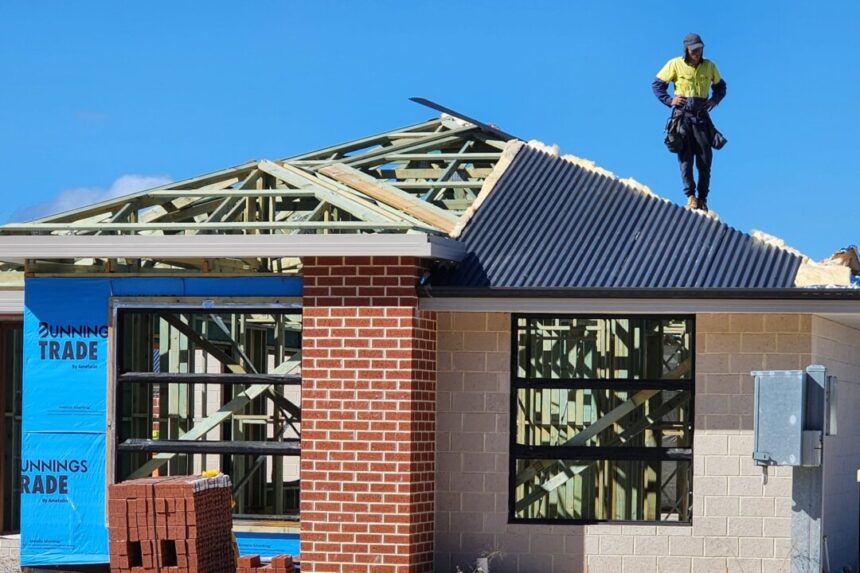An economist from the Housing Industry Association (HIA) stated that the rise in loan commitments indicates a strengthening market confidence despite the steady interest rates. The Australian Bureau of Statistics (ABS) data revealed that new loan commitments for housing increased in June, with investor lending growth surpassing owner-occupier growth. Total new housing loan commitments rose by 19.1 percent to $29.2 billion, driven by a 30.2 percent surge in loan commitments for investor housing to $11.0 billion. Meanwhile, new loan commitments for owner-occupier housing climbed by 13.2 percent to $18.2 billion.
Investor loans saw significant growth in various states, with Western Australia experiencing a 56.7 percent surge, followed by South Australia at 38.3 percent and Queensland at 34.5 percent. Additionally, New South Wales and Victoria also saw increases of 27.3 percent and 9.4 percent, respectively, in new investor loans. The average loan sizes in New South Wales remained the highest for both owner-occupiers and investors, reaching $780,000 and $818,000 in June, respectively.
The number of new owner-occupier first home buyer loans increased by 3.4 percent, with a notable 6.5 percent rise in Victoria. ABS highlighted that Victoria has maintained the highest number of first-home buyer loans among all states and territories since June 2017. Businesses also witnessed growth in new borrower-accepted loan commitments for construction, which surged by 25.7 percent to $2.78 billion, and for property purchase, which expanded by 17.5 percent to $6.11 billion.
Despite the positive trend in loans, Master Builders Australia reported that June marked the worst month since 2012 for higher density home building approvals. Chief economist Shane Garrett mentioned that the price of new dwellings for owner-occupiers increased by 5.4 percent compared to a year ago due to labor shortages and cost pressures in the new home building market. The lobby group’s CEO Denita Wawn urged the Australian government to facilitate the construction of more homes to address the housing shortage and alleviate rental market pressures.
Overall, while the rise in loan commitments reflects a stabilizing market confidence, challenges such as labor shortages, cost pressures, and housing supply issues continue to impact the housing market in Australia.
Source link





